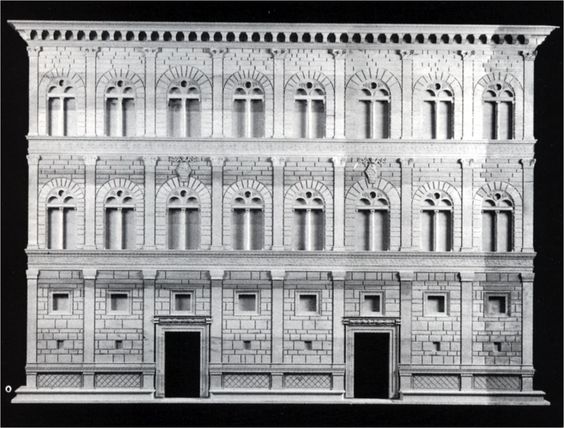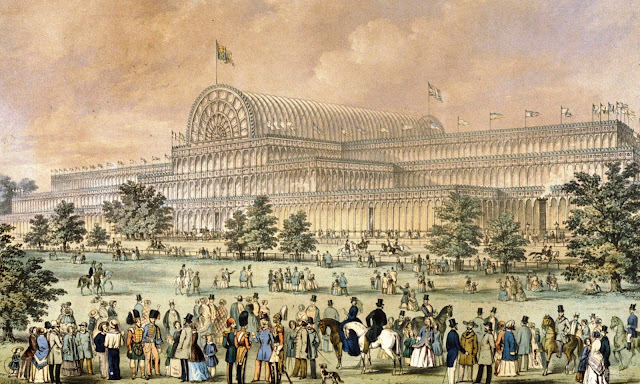Homework review: Experiencing Architecture, solids and cavities

“Seeing” comes through as a two-sided process of picture forming and detailed observation, according to Rasmussen in his “Experiencing Architecture” book. Such a method resembles the principles of re-creation, especially when compared with painting, thus the spectator is not just taking the role of an observer but rather daring to interpret susceptibly. Of course when it comes to subjective observation people are more inclined to the familiar and comprehensible information, in this case expressed visually. Rasmussen compares this phenomenon to the activity of an actor on stage positioning himself closer to the role he is playing. He believes the same reaction can be witnessed with people trying to identify and relate to the piece of art they are observing or even to a commercial good. Architecture has its own way of making use of these visual observatory characteristics. The Classical architecture for instance is often associated with supporting and supported members, giving the imp
